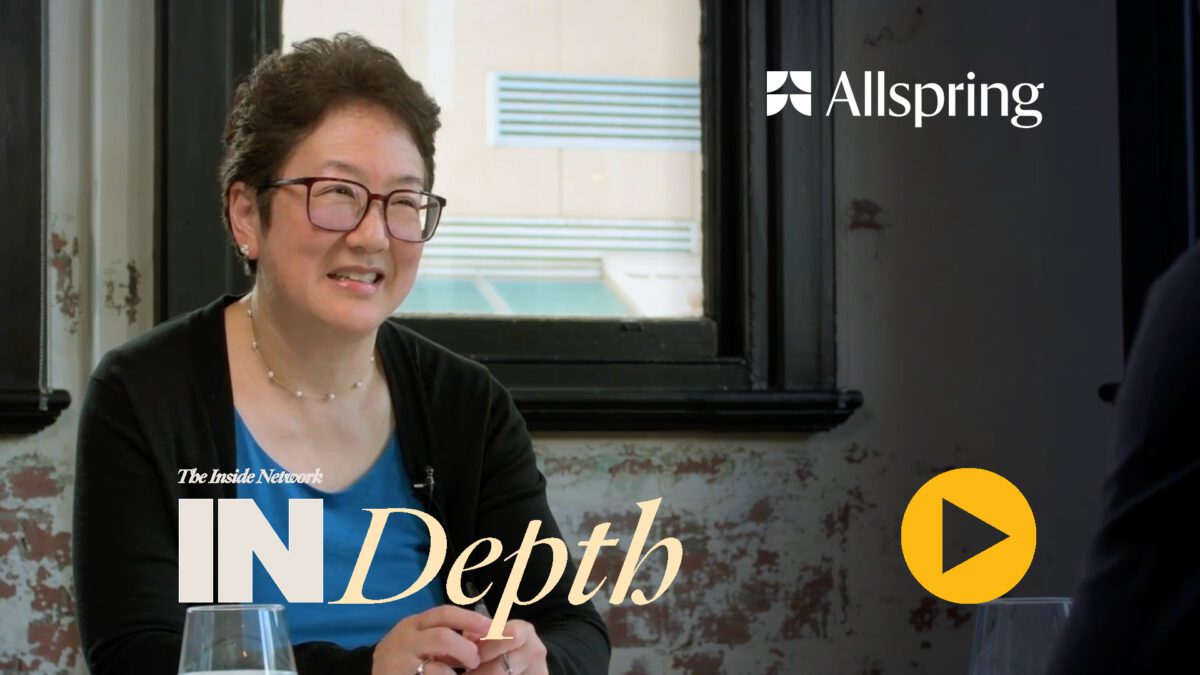REST faces big changes as Damian Hill readies to depart
Comment by Greg Bright
Damian Hill, the chief executive of REST Industry Super for the past 11 years, wrote to the fund’s two million-plus members last Friday afternoon to tell them he would be vacating his position next January. This could be the end of an era. Here’s our prediction: REST is going to go through massive change over the next few years.
REST is possibly Australia’s largest super fund by membership base. It and Aussie Super can’t be quite sure how many active/inactive/sole-account members they have at any point in time but they each have more than two million accounts that have to be serviced.
But Aussie Super has more than $100 billion under management and REST has $45 billion. There’s the first issue. If they are competing with each other, which they are, REST has a membership disadvantage. More on that later.
The second issue is to do with REST’s stellar investment performance over a long period. The fund has consistently had the top performance, annualised over 10-years, in the SuperRatings numbers for the past several years. That’s an issue because it would appear there is about to be a generational change in how that performance has been achieved. More on that later.
The third issue is that REST is really a retail fund. That’s not a cute line about the fact that its members – many of whom are our sons and daughters and often still have dormant accounts as they move on through their careers – have worked in the retail industry at some stage. Rather, we are saying the fund’s future lies in connecting with a large and young customer base and, hopefully, to do so by being more tech-savvy than other big funds. It can connect with a lot of young-to-youngish people. How it does so may well determine its future. More on that too.
Can you imagine what Macquarie Bank would do if it had a customer base, no matter how small their balances, of more than two million people with an average age of 30ish? They would be rushing to market with a range of innovative investment ‘products’.
But REST, like other industry funds, has a culture which is not about selling product to customers (members). It has a culture that is traditionally paternalistic and looks to do the right thing by the members’ long-term savings interest first and foremost.
But what is the world into which we are heading? Maybe for industry funds to compete against the bank-owned super offerings they will have to develop a different mindset. They will certainly have to come up with a better range of retirement options to compete with the likes of Challenger and the alluring SMSF market. But maybe they should also become more aggressive in selling new options and strategies to their less-engaged – that is younger – members too.
In REST’s case, a manager trying to win some of its business, PIMCO, came up with an interesting marketing theme a few years ago. The clever folk at PIMCO, a bond manager, put together a presentation as to why REST should have more bonds. It was based on the “age-weighted balances of members”.
Sure, REST has an average member age which is very young (about 31), but when you adjust that for their account balances the money-weighted average age is much older – let’s say 40ish – and that means in the normal course of investments those members should probably have a bit more in defensive assets.
At least, for REST, technological developments are in its favour. It used to be, when Michael Lillicrap was the fund’s first chief executive in the 1980s and early 90s, that the largest single cost was the print and postage bills. Email and texting are a lot cheaper.
But email and texting require engagement with their recipients to be effective. So far the banks have been a lot better at that than the not-for-profit funds. The younger the audience – think REST – the more important digital engagement becomes. The biggest challenge of the next chief executive of REST may well be to get approval for something like a $100-million technology spend in association with the fund’s administrator, Link Group.
But REST has been investing in new technology and, in fact, won an innovation award recently for its digital strategy, including robo-advice and ‘chat bot’. More such innovations are to come, the fund says. And it has seen some recent membership growth off the back of this digital strategy.
On the investments side, the generational change in the fund’s administration is most obvious. REST has, rightly or wrongly (the members would say rightly) relied heavily on its asset consultant, JANA, and the associates of JANA, for many years.
This is despite the fact that REST is possibly the first fund to insource some of its investments and the only one to set up a separate funds management business, initially just for bonds, based in Melbourne (REST is headquartered in Sydney).
John A. Nolan, JANA’s founder, has been on the REST investment committee for many years, effectively chairing it before APRA changed the rules that meant you had to be a trustee to do that. He has retired from his funds management company, Warakirri Asset Management, at aged 68 but says he has no immediate plans to retire from the REST investment committee.
Ken Marshman, the REST independent chair, is a former chief executive of JANA, now retired from full-time investing. John Coombe, a long-time consultant and advisor to REST, is in his late 50s but says he is not contemplating retirement from JANA anytime soon. In recent years JANA’s Steven Carew and Matt Griffiths have been more involved with the fund on a regular basis.
Let us be clear about this: those three have done a fabulous job on behalf of the REST members – perhaps the best job that this industry has seen. But time moves on.
So, good luck to the new chief executive of REST, whoever that is. The board said late Friday that it would be doing an internal and external search and was grateful that Damian had afforded them the time to do it.
Marshman said in a statement: “Damian has led REST through several significant periods of industry change and transformation during his tenure as CEO, and is responsible for REST being an industry leader and innovator.
“He leaves REST in a very strong position for the future, and we sincerely thank him for his contribution and leadership. In typical fashion, he has provided the Fund with ample notice in order to ensure a seamless transition.”
Hill joined REST from Sunsuper in 1999 as administration manager. He was appointed chief executive in 2006, after Neil Cochrane, the former chief executive, left to pursue non-executive board roles, including chair of the Fund Executives Association Ltd (FEAL), chair of the Commonwealth Staff Officers Fund and, more recently, chair of First State Super.
Hill said in that statement on Friday: “It has been my great privilege to work with an exceptionally dedicated and skilled team whose enthusiasm and hard work have helped propel REST from $2 billion AUM to now close to $45 billion AUM.
“I am proud of what we have accomplished on behalf of our members and staff, and REST now has great momentum and is in a position of strength. I believe now is an appropriate time for me to move to the next stage of my career.”
Hill has been very active in the industry outside his role at REST. He is currently chair of SuperFriend, the mental illness support organisation, which he has been for about 10 years since the organisation’s inception, and a director of ASFA. He is a previous director of FEAL and chair of Industry Funds Forum.
Hill told Investor Strategy News over the weekend that he was committed to REST for the next seven months, by which time he would have turned 51. “It’s a bit selfish of me but I have been thinking about what I will do going forward. I have learnt a lot at REST… But if I am going to have a new challenge it would be best to do it when I am in my early 50s.”
He said he had an open mind as to what industry he would be involved in – not necessarily finance.
In his note to members on Friday he said: “REST has a strong and capable leadership team, and I know the team will continue to provide you with great service and strong returns. I remain committed as CEO of REST until completion of the transition to a new CEO.
“This will ensure full stability through the change-over process. I am greatly appreciative of the support I have received from members, from employers, from REST, and from others in the industry. I am looking forward to planning the next exciting stage of my career.”









